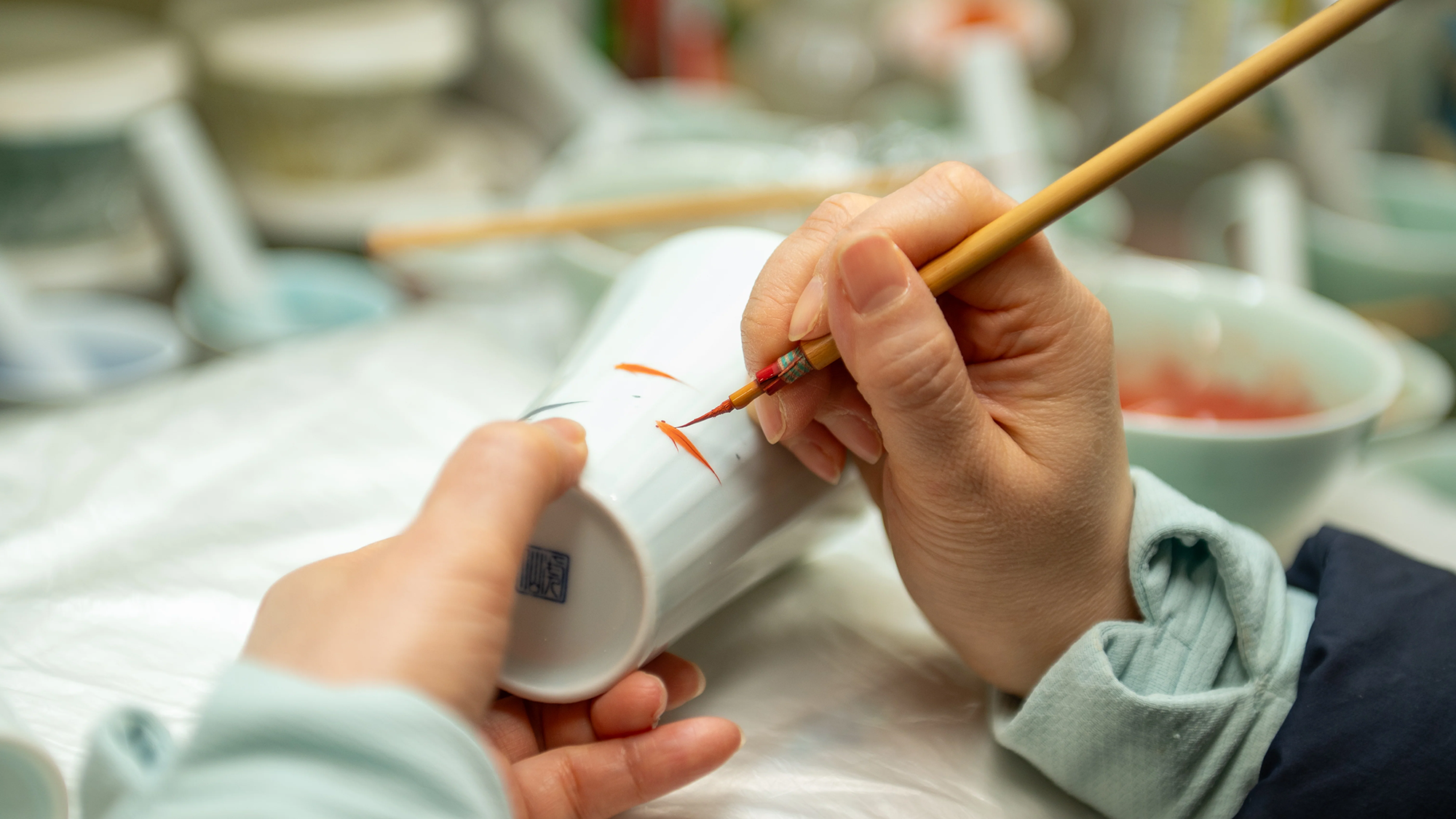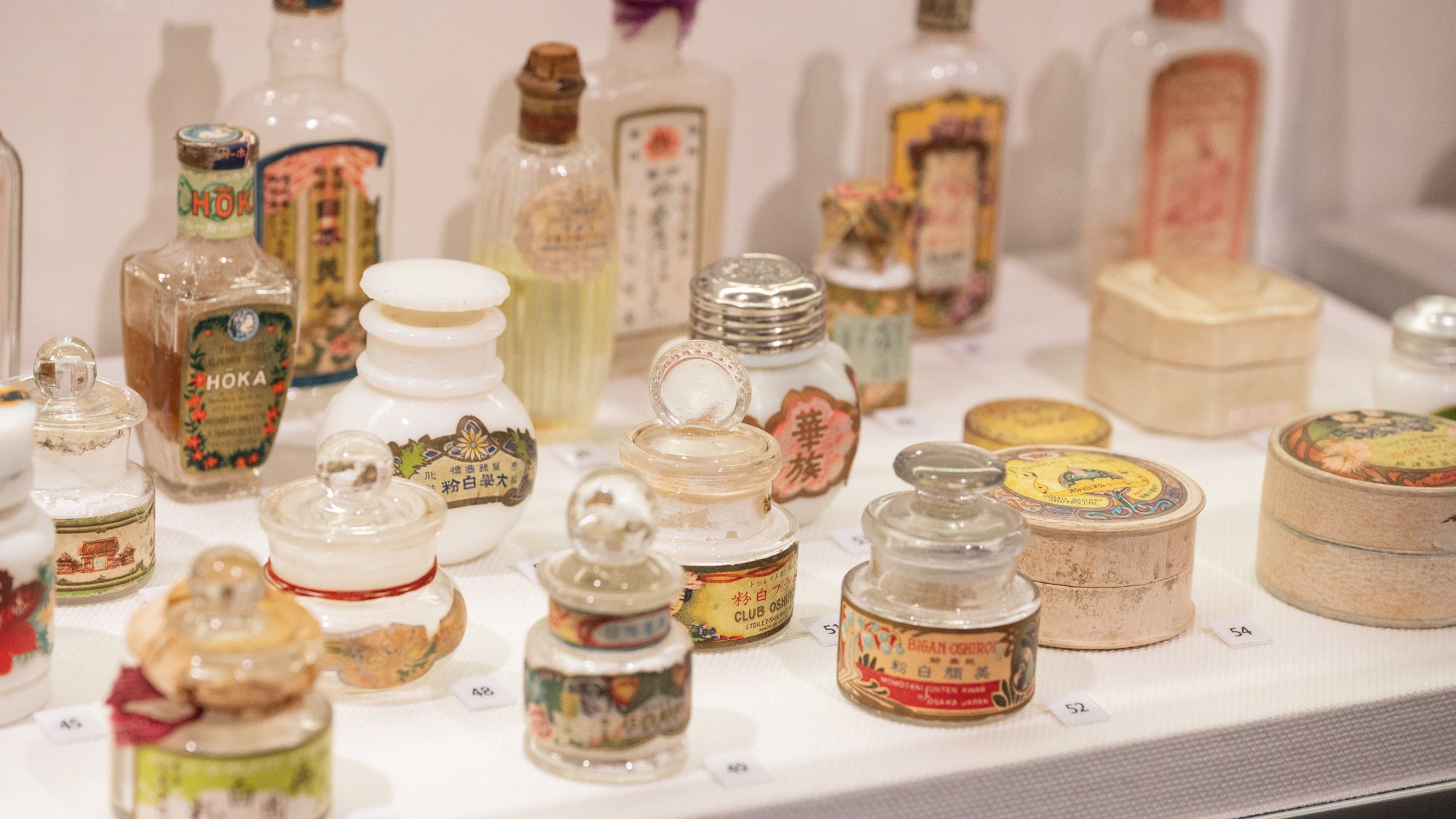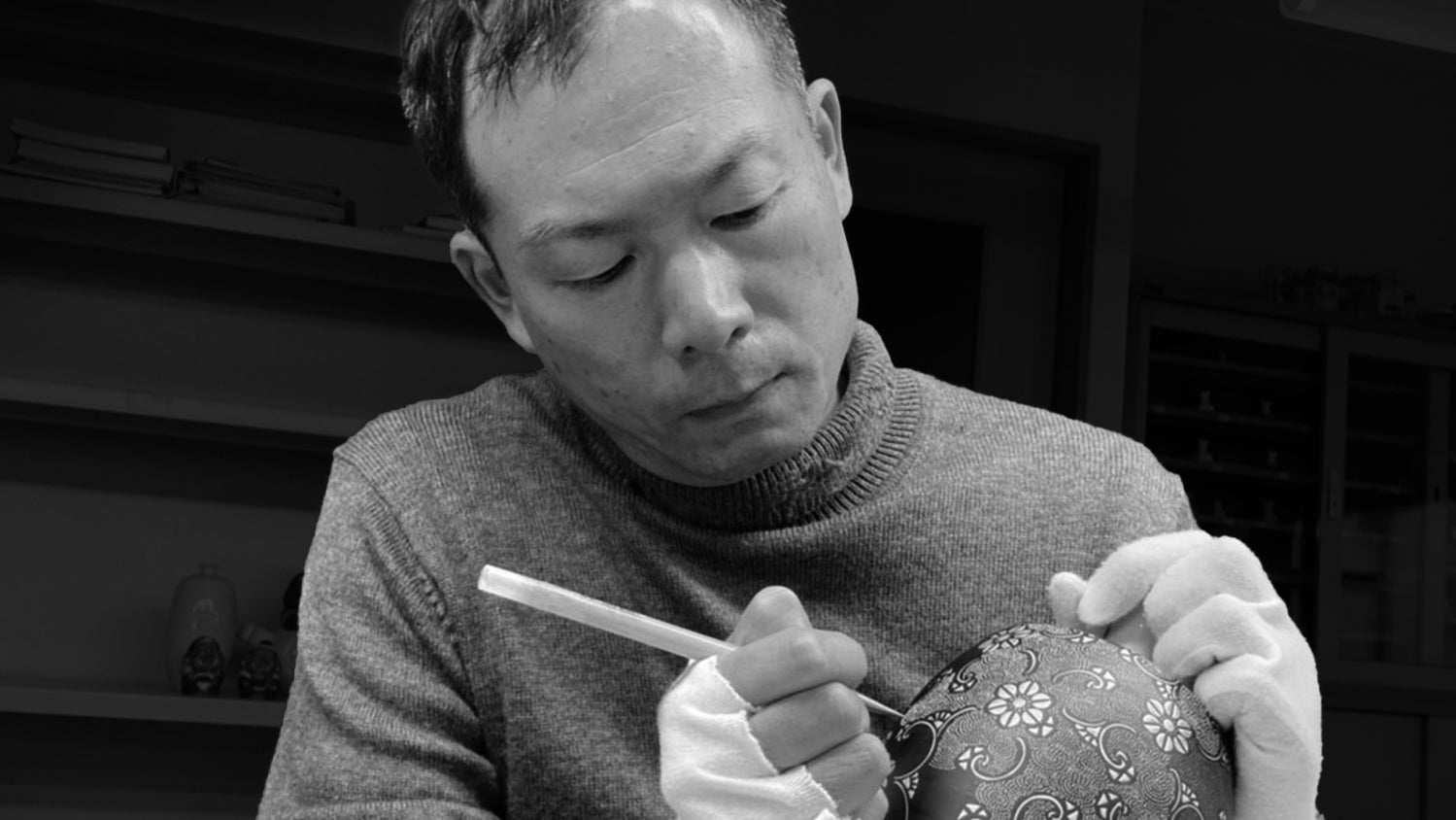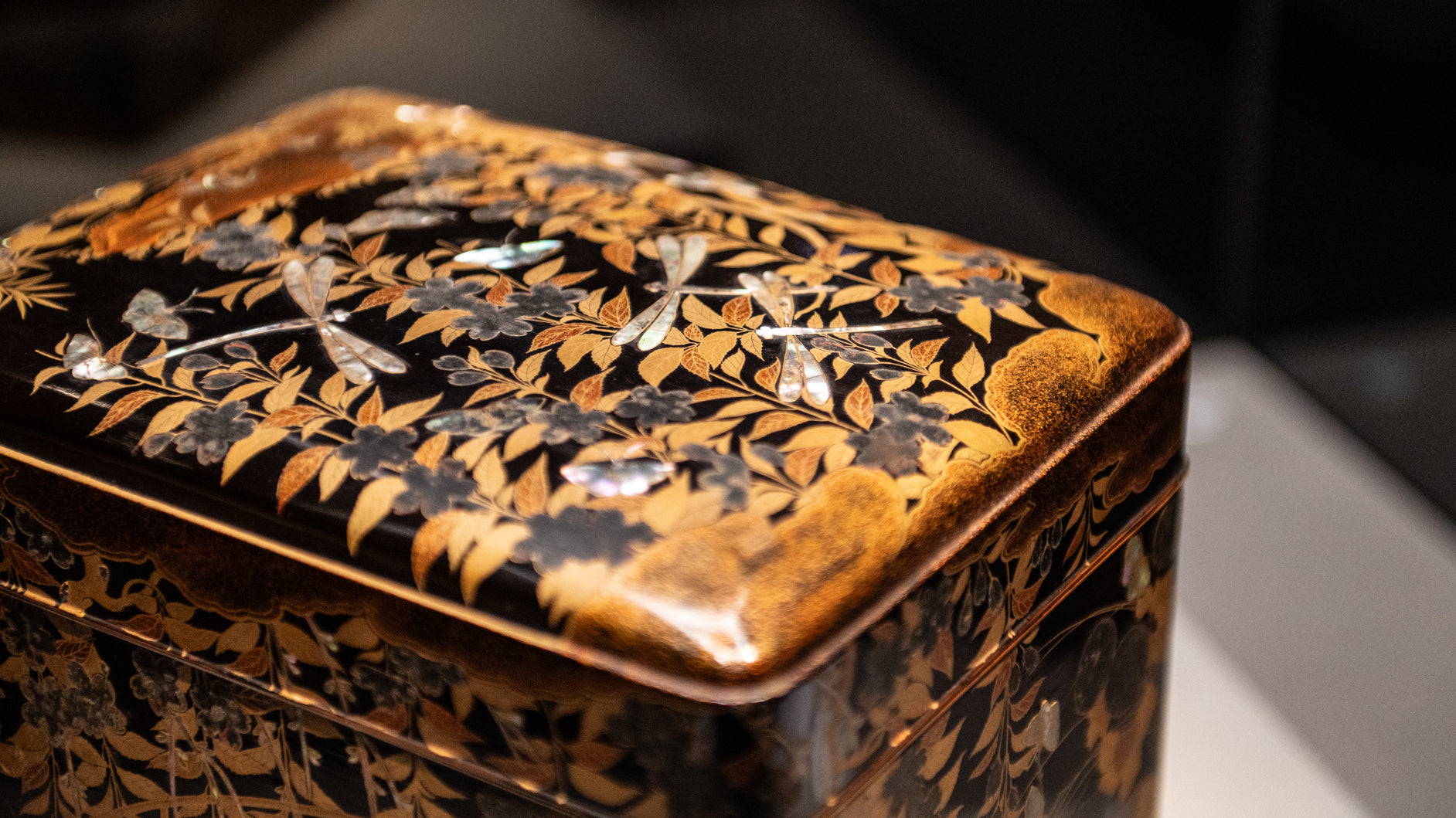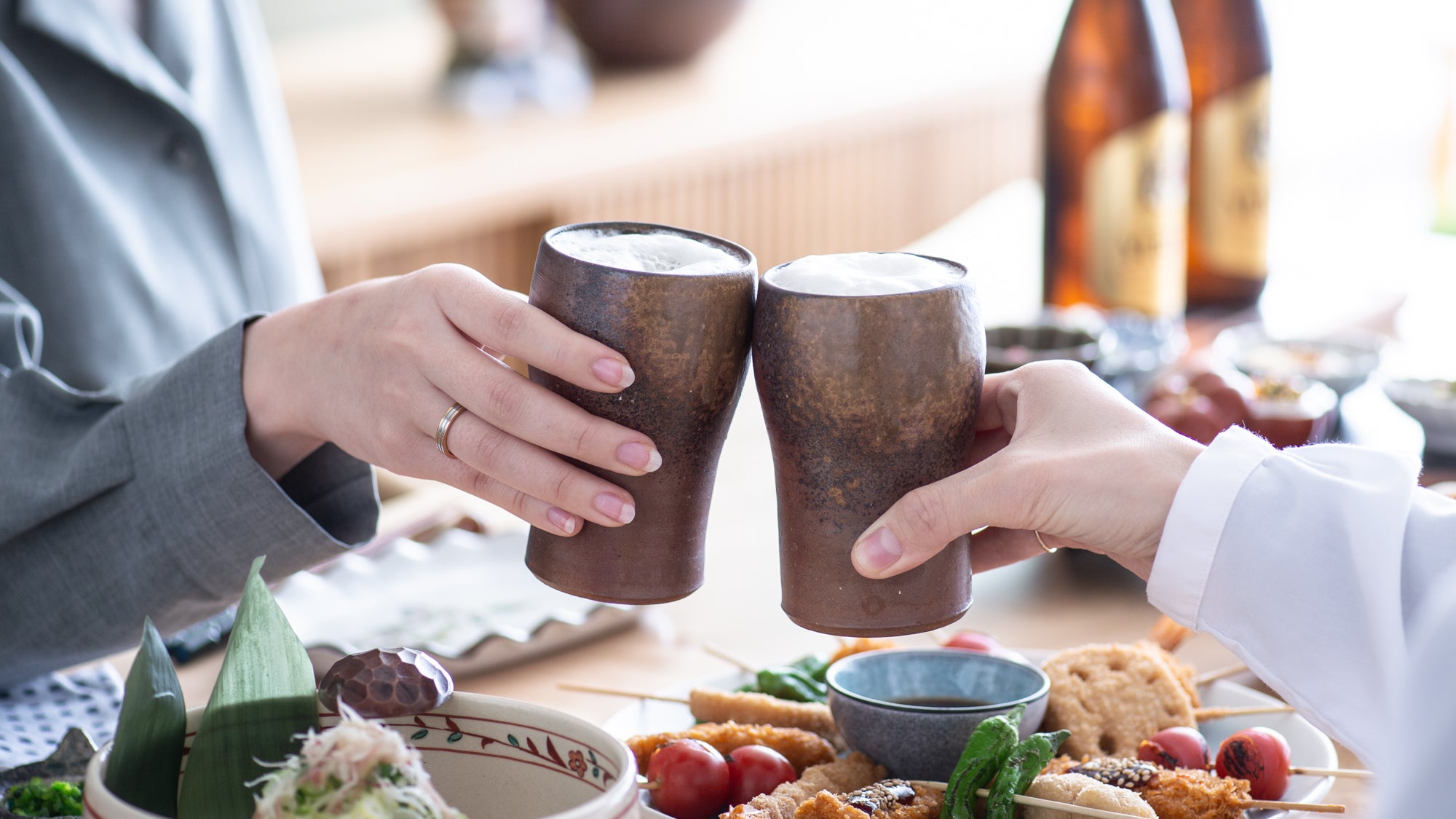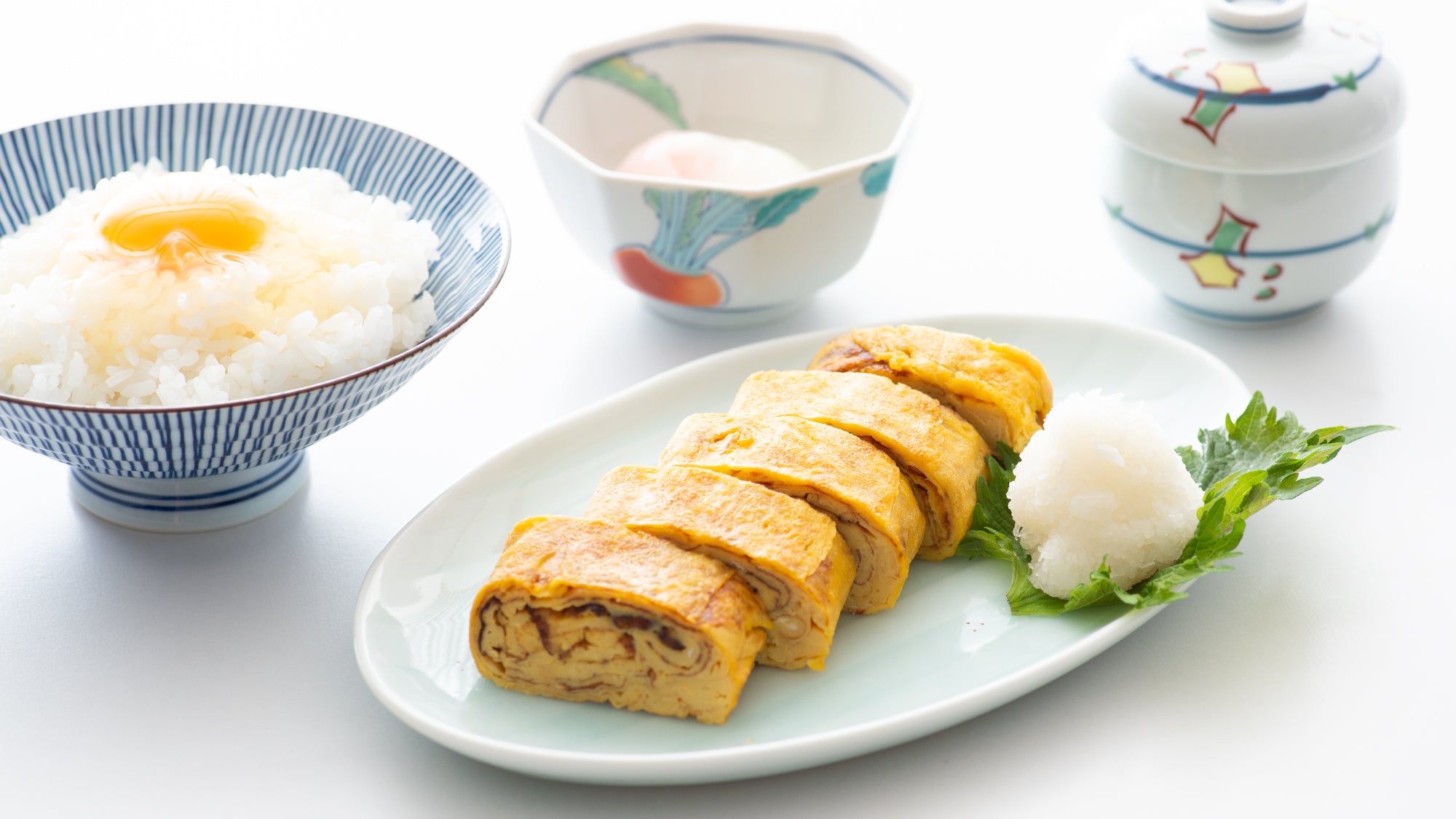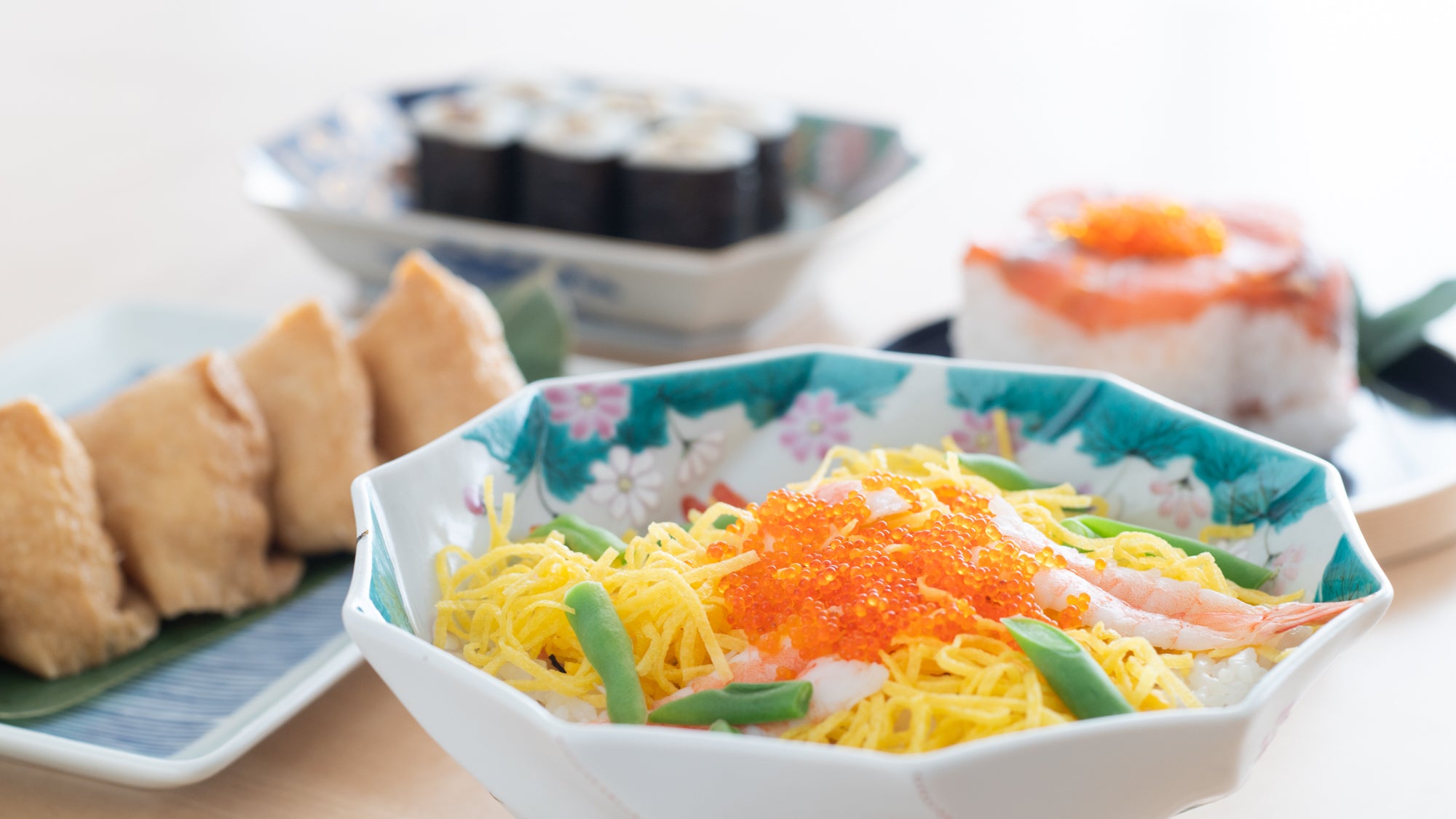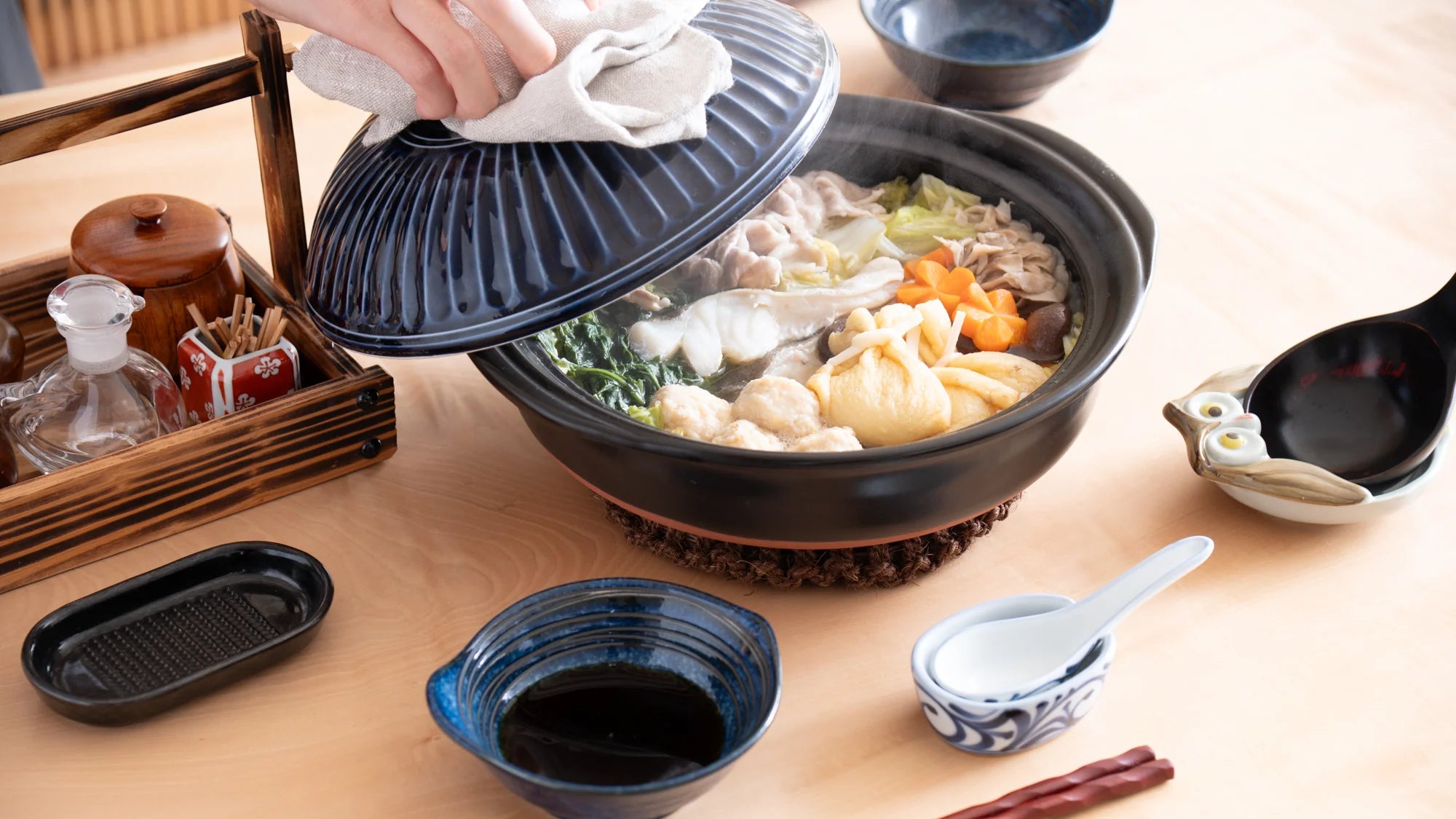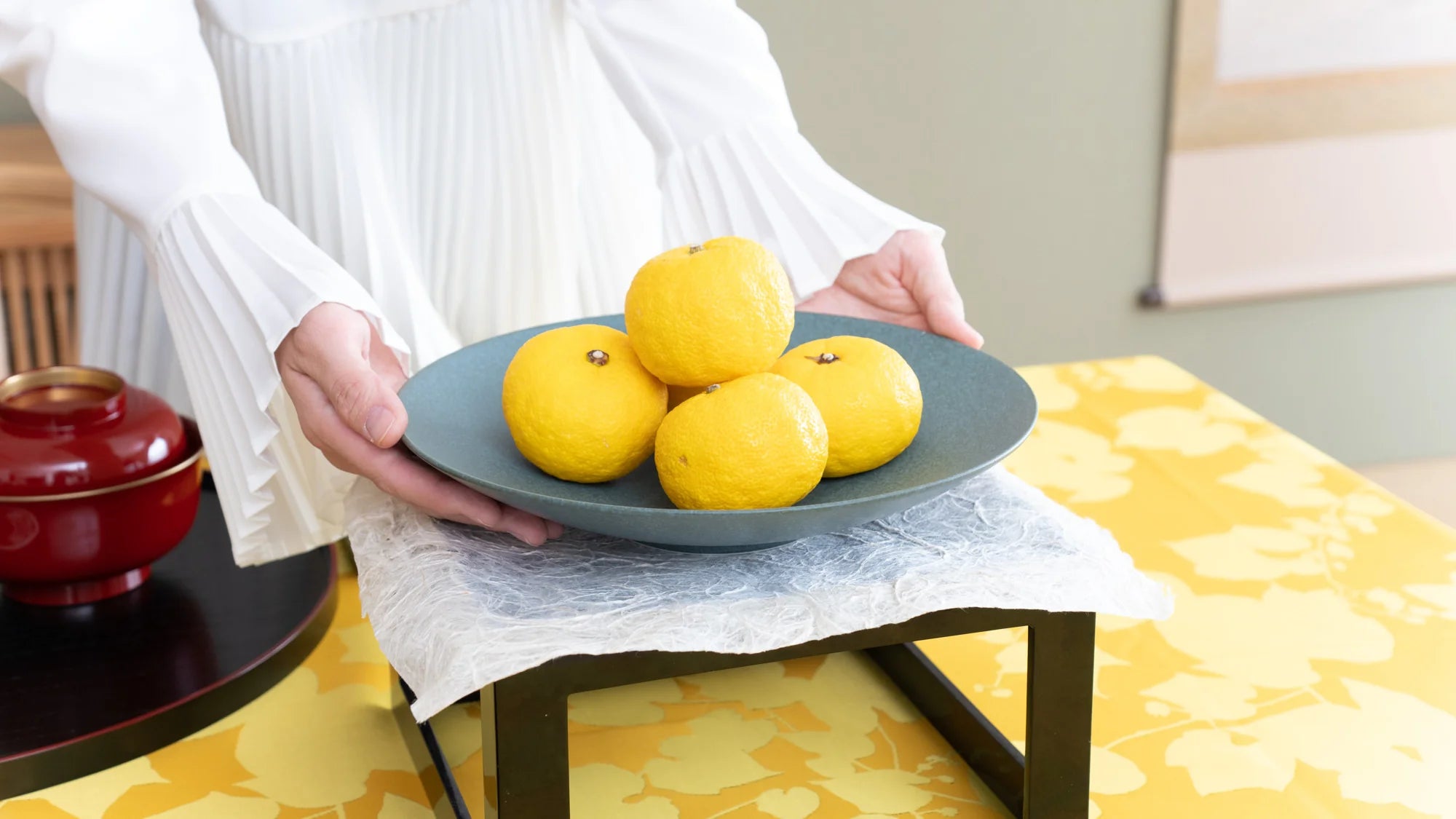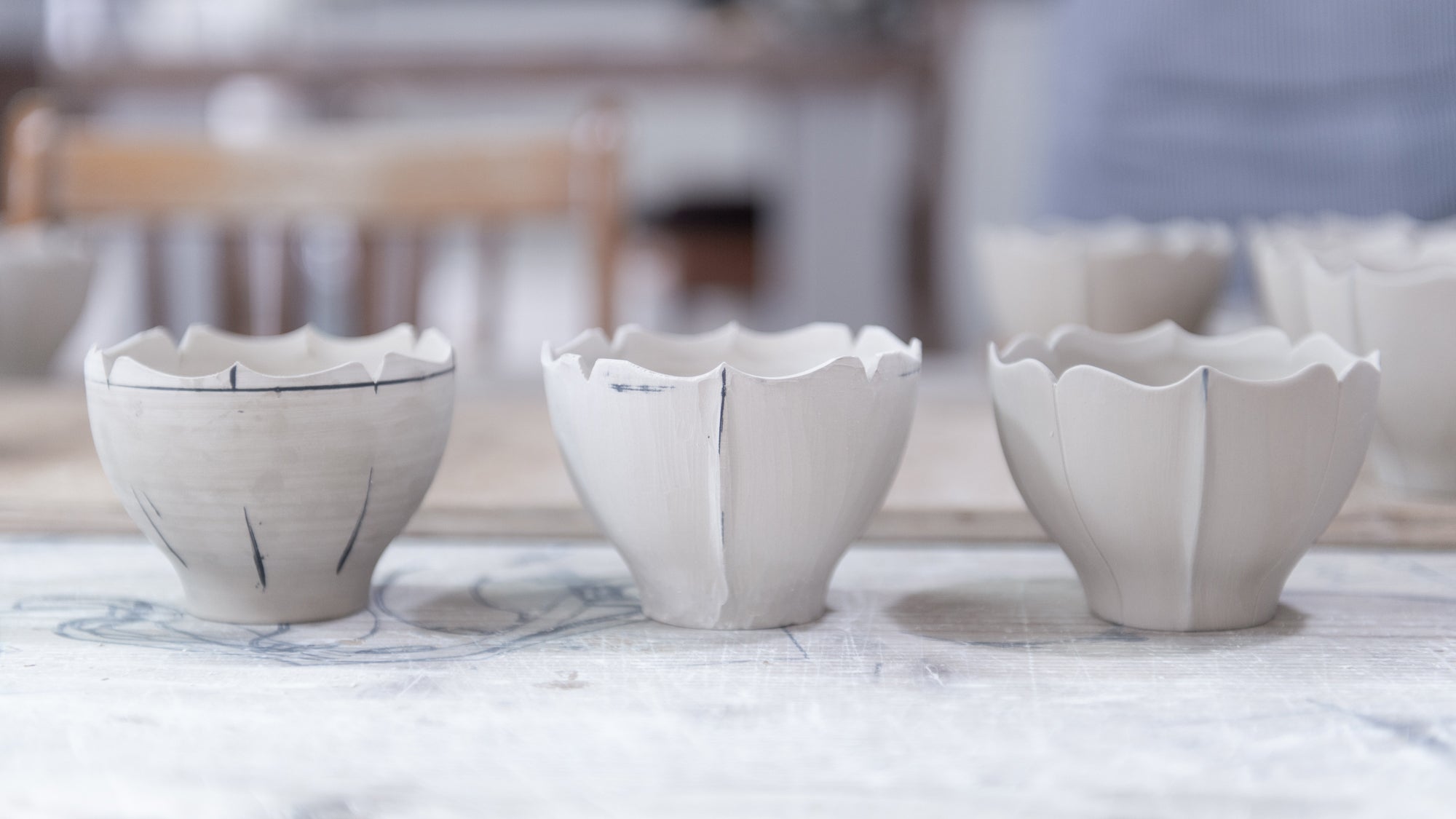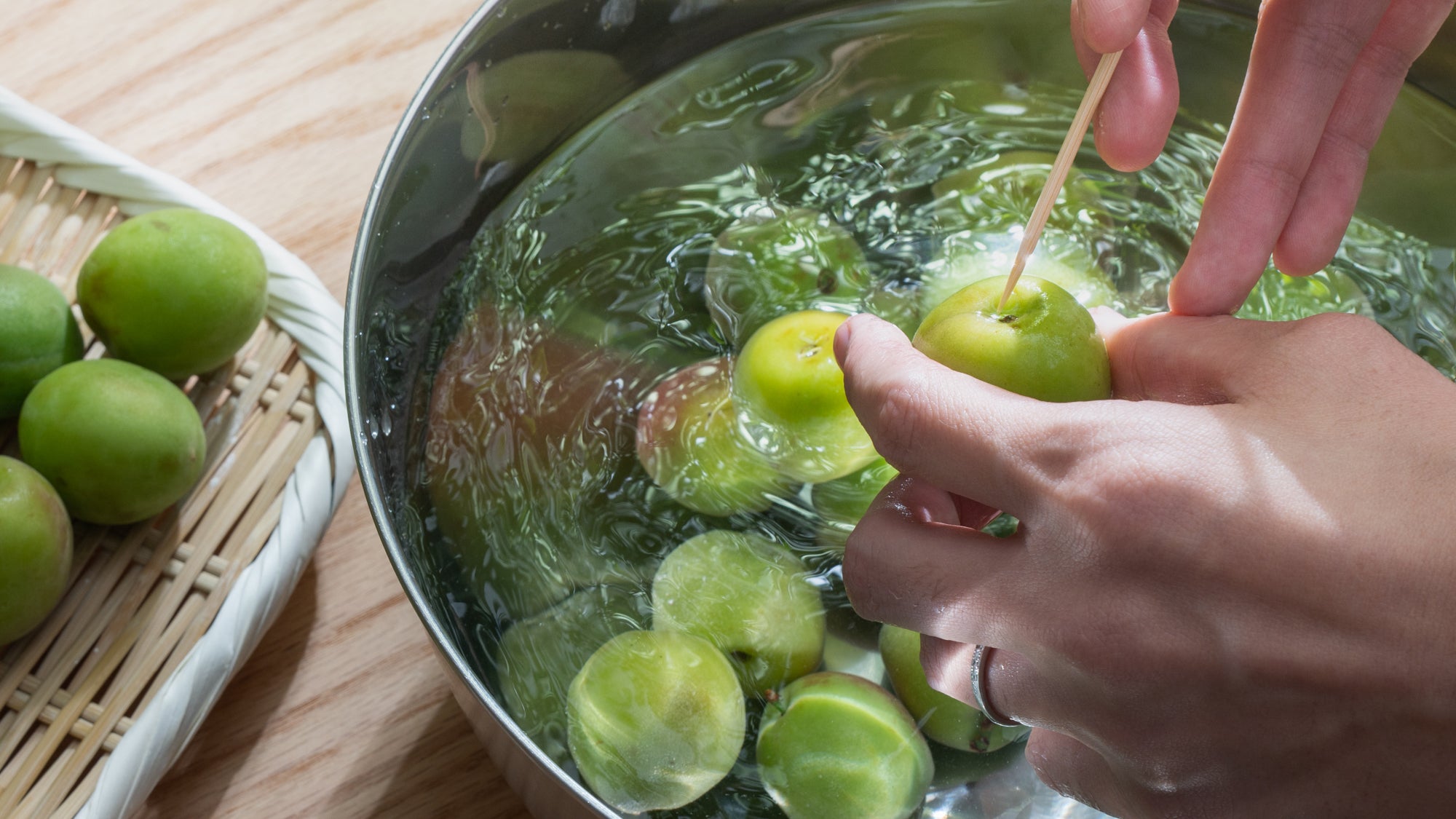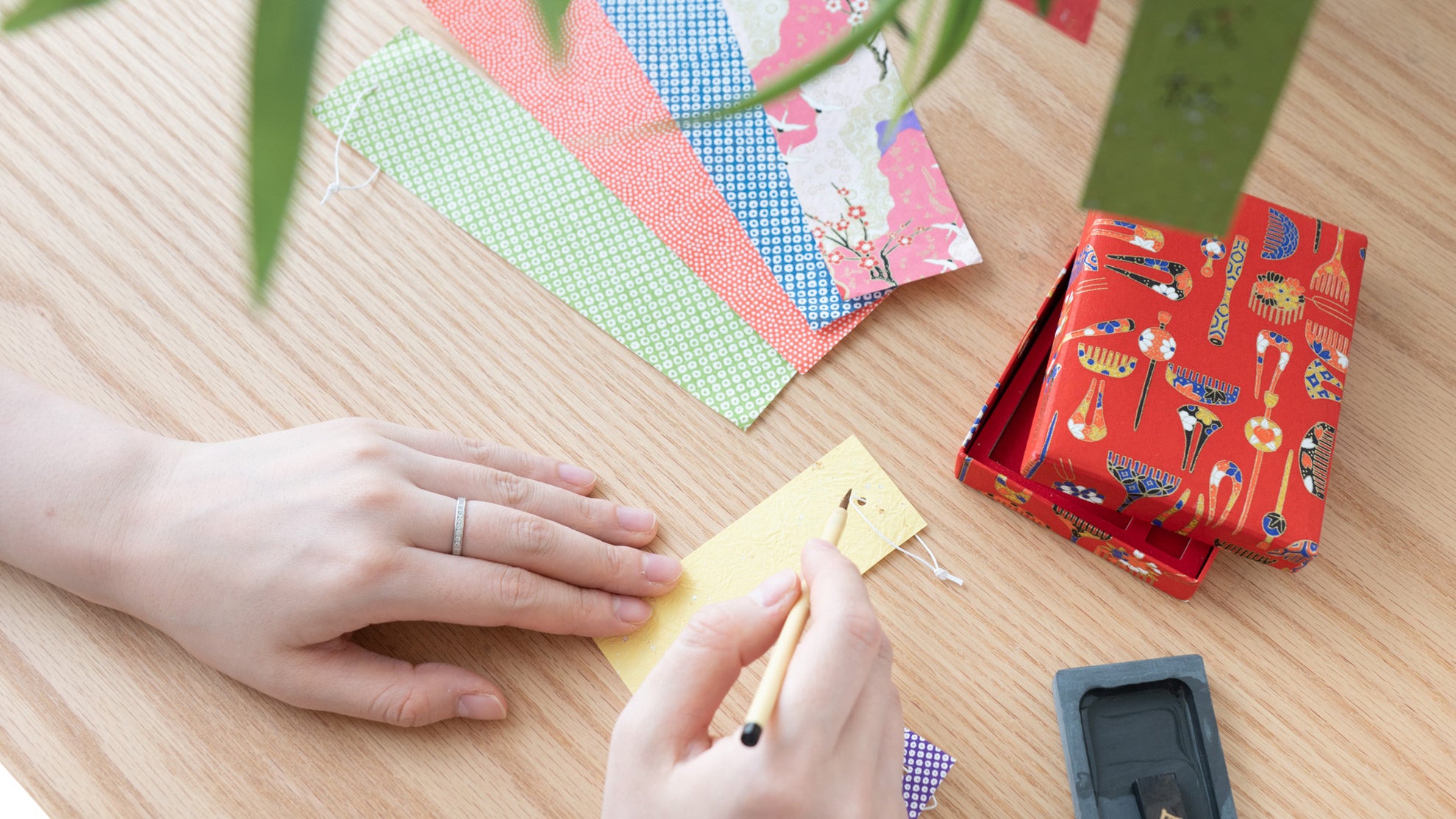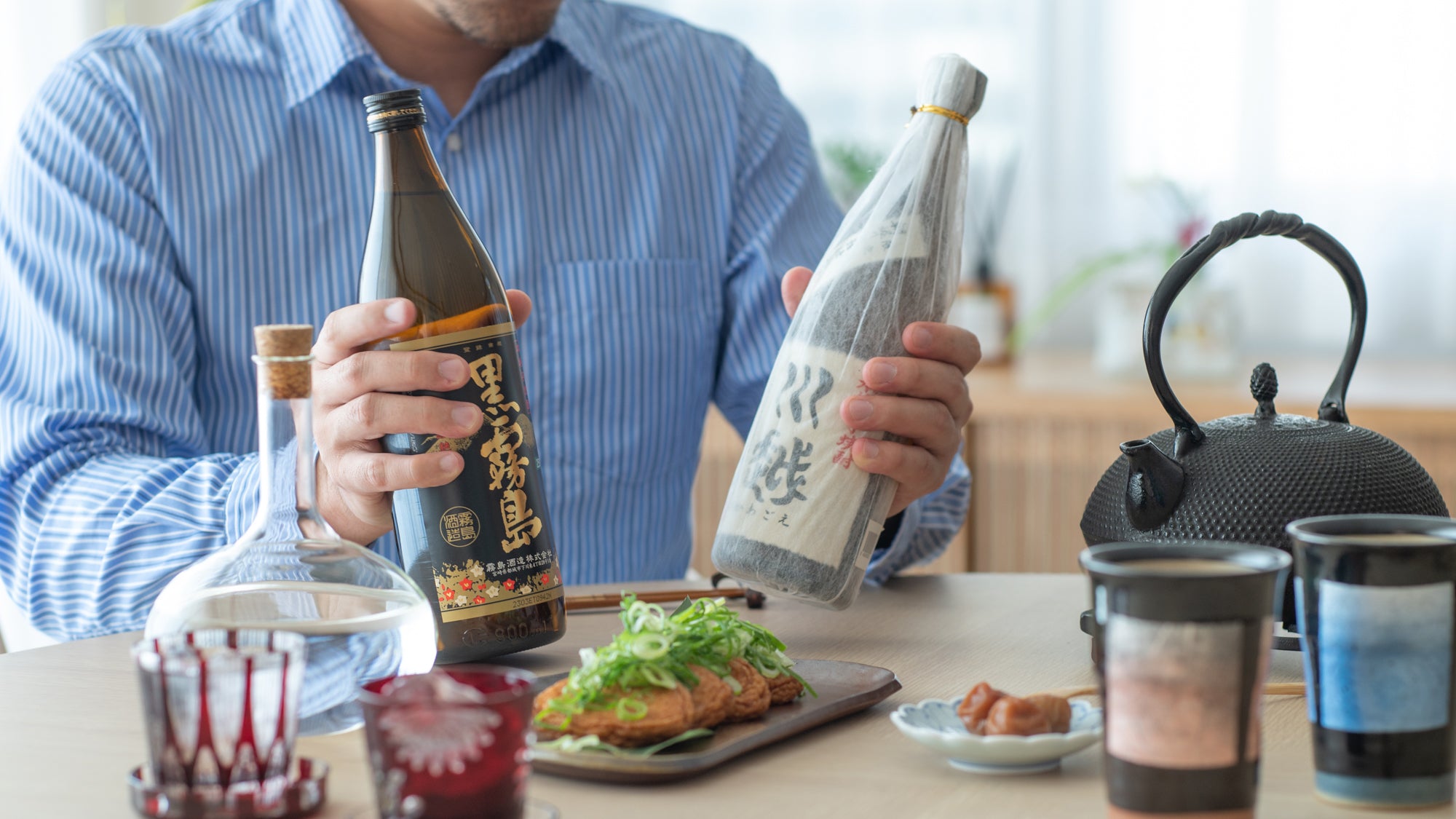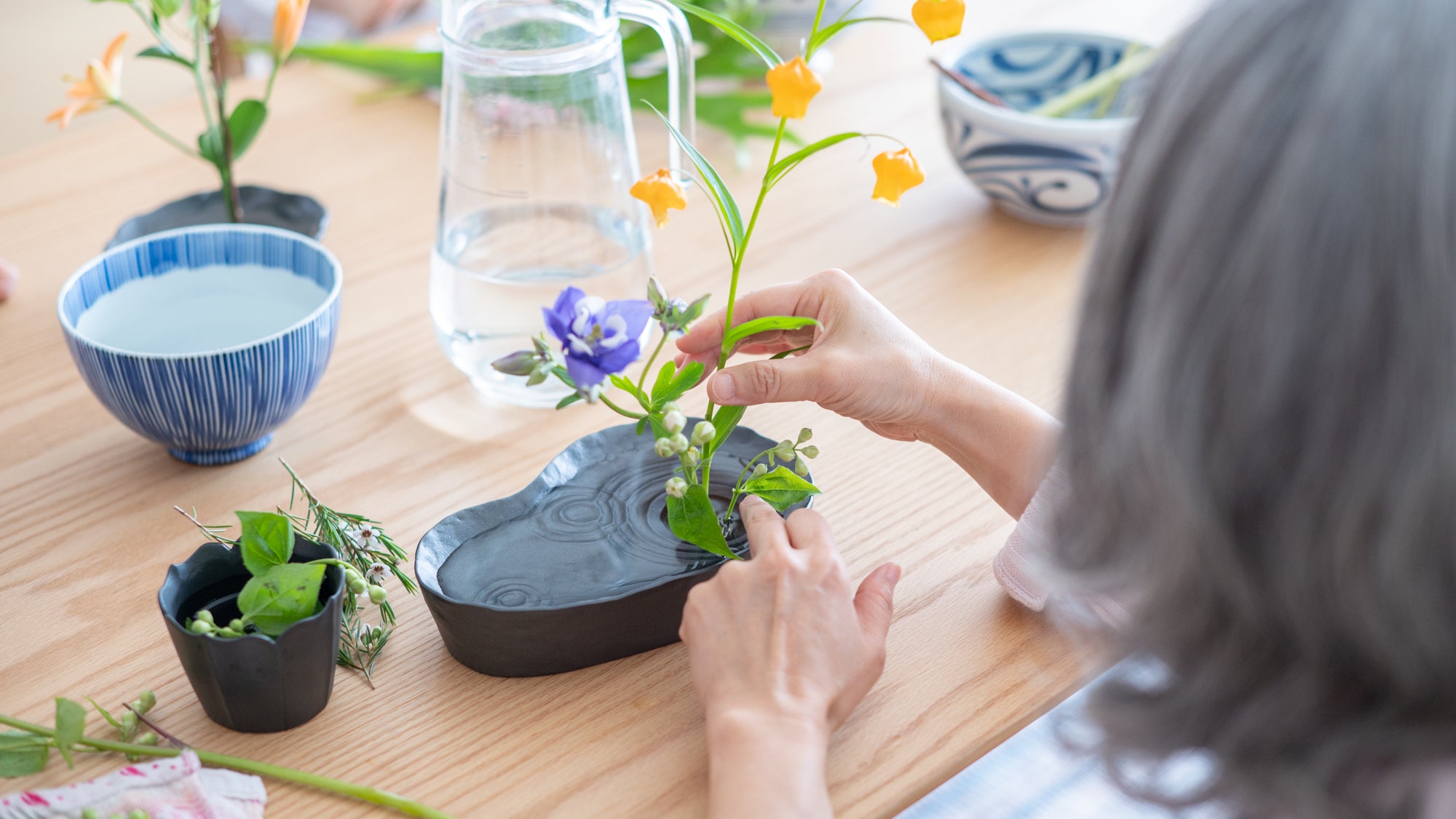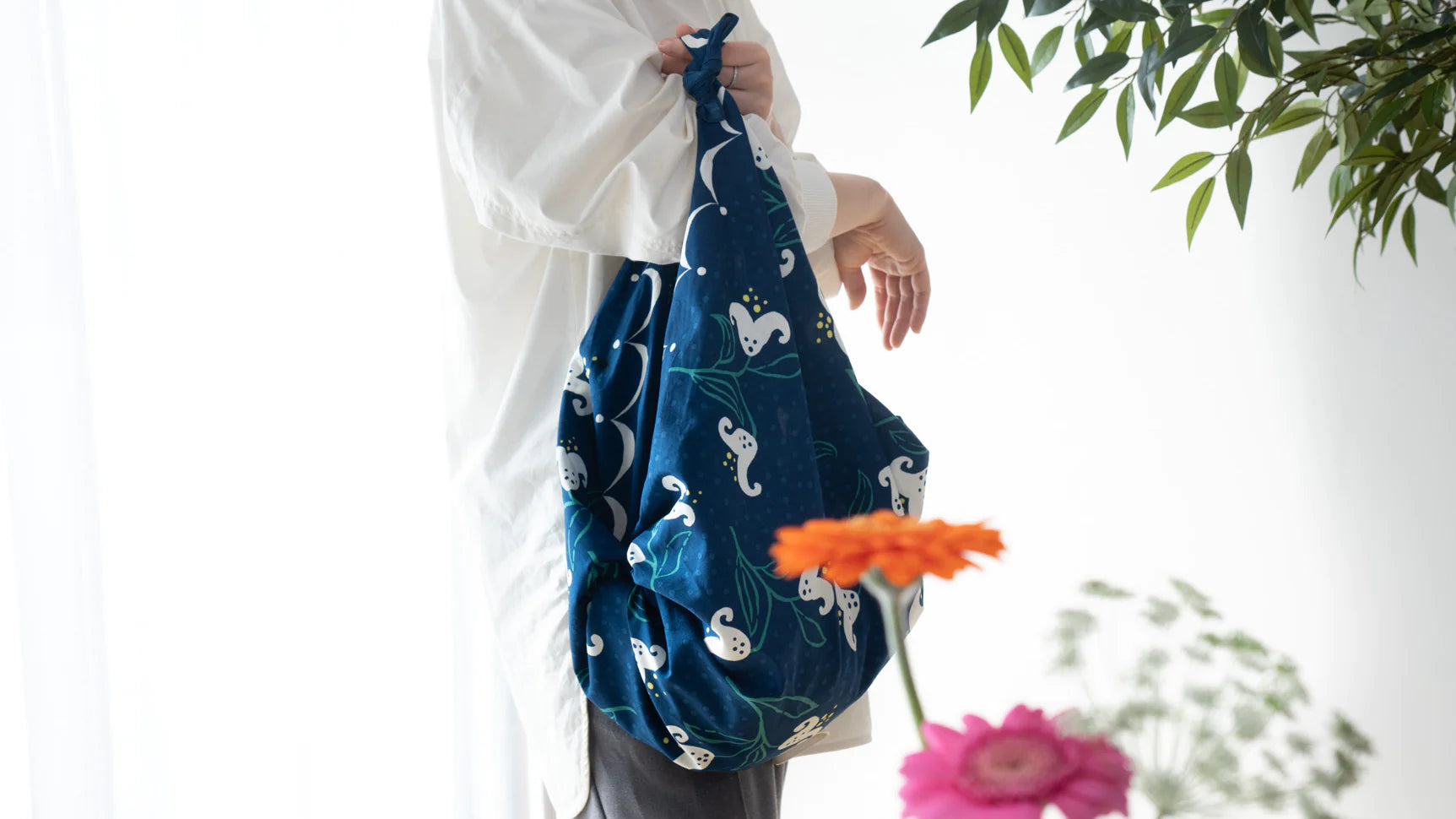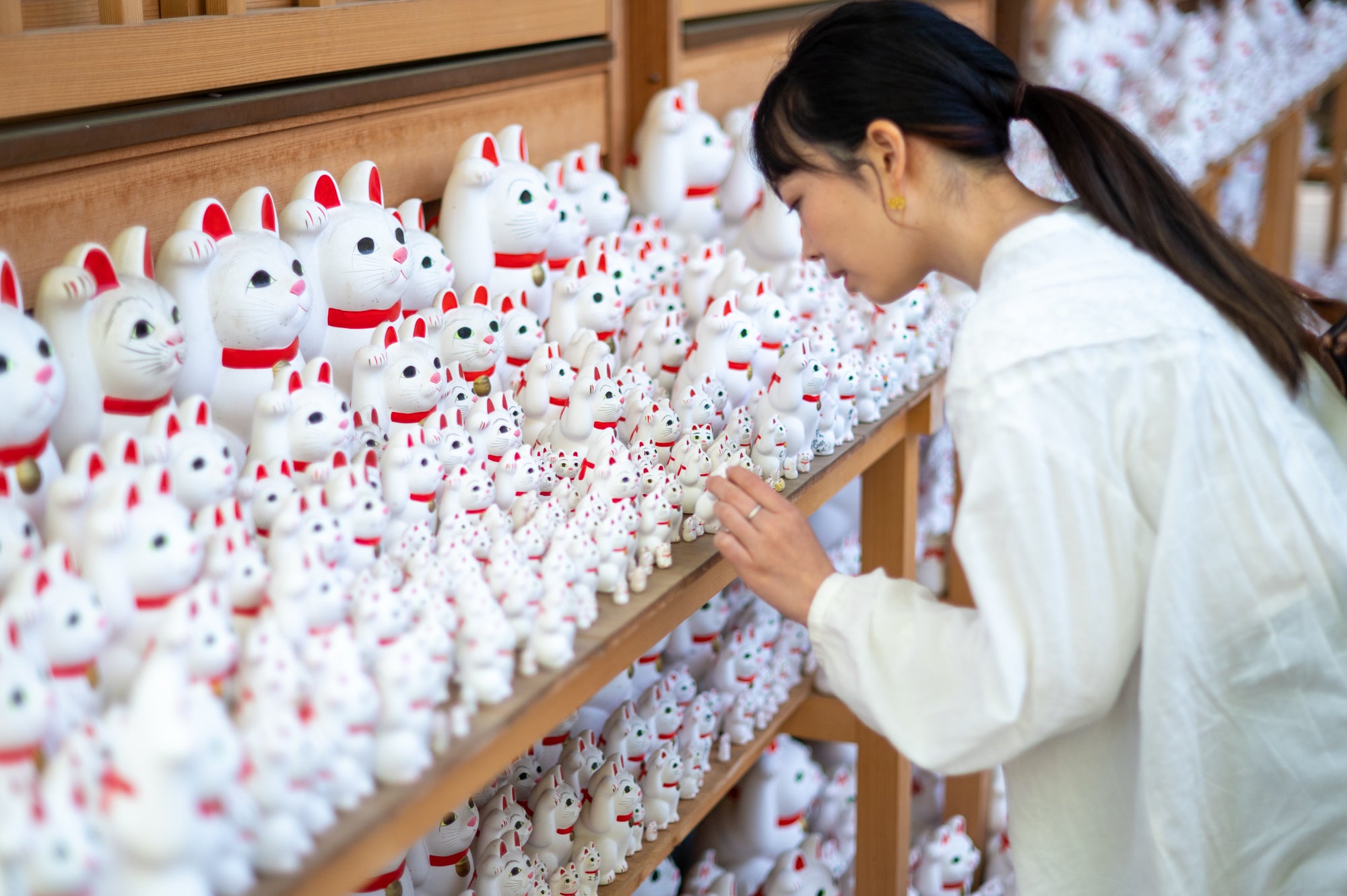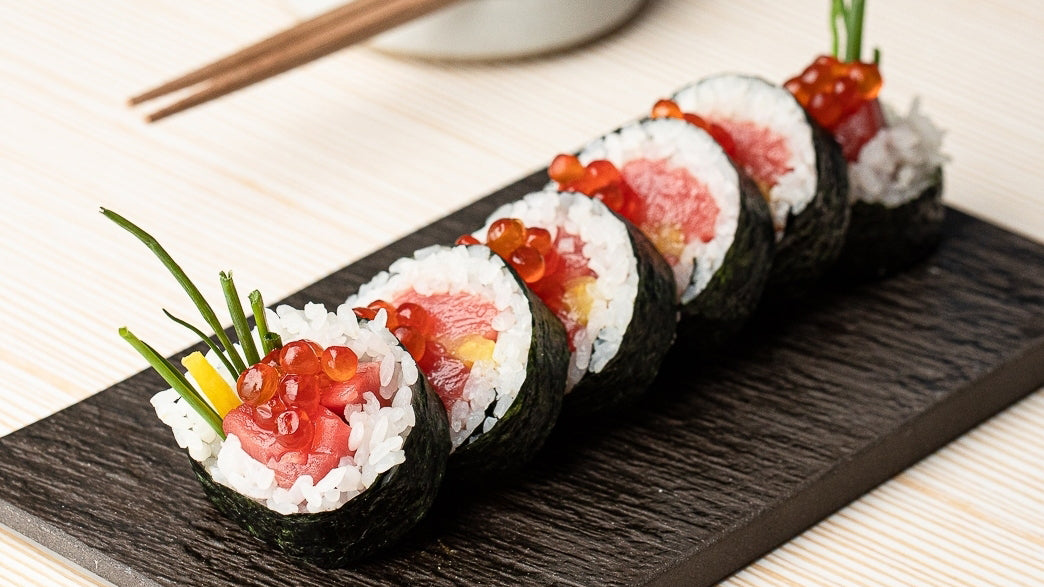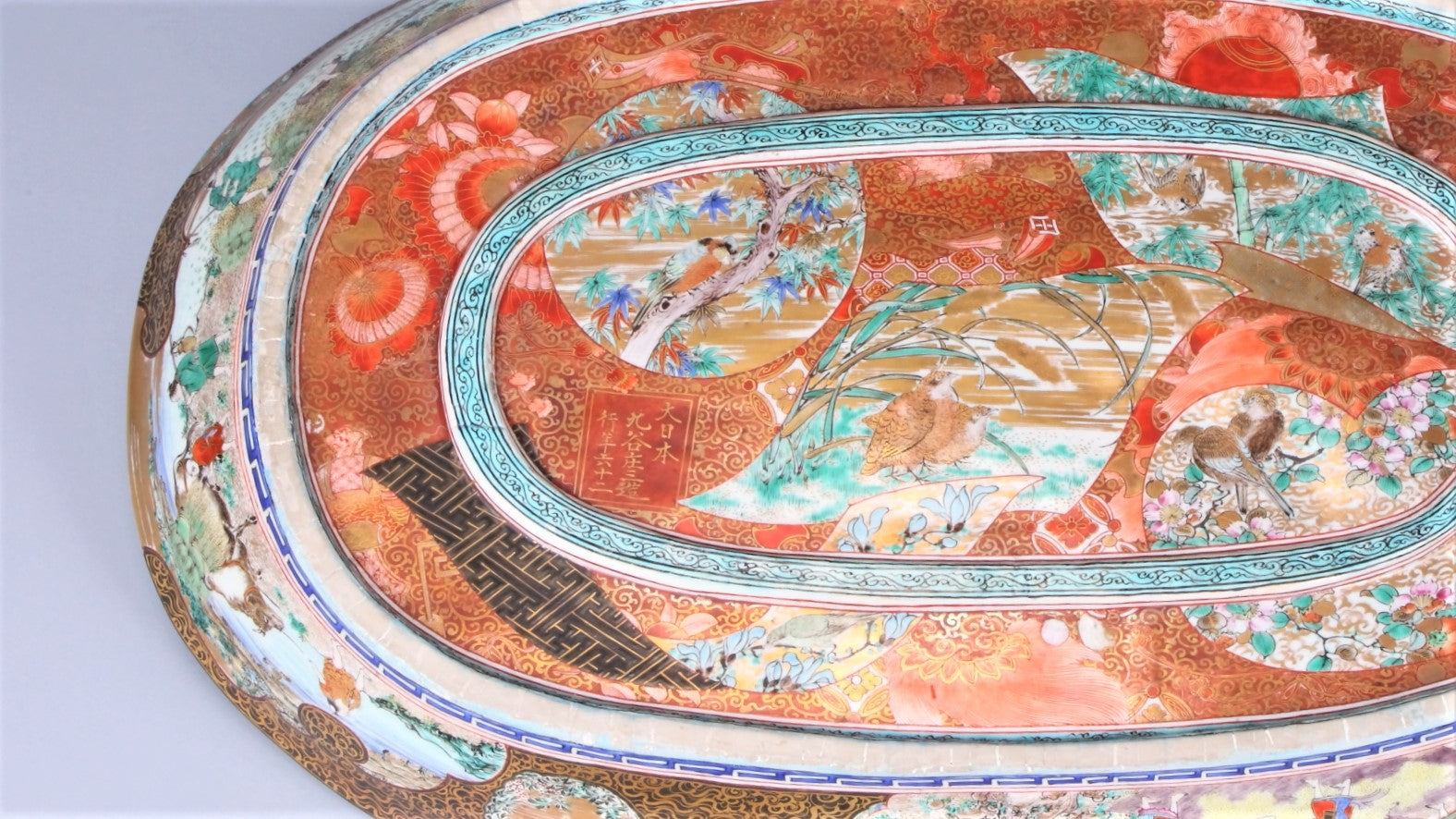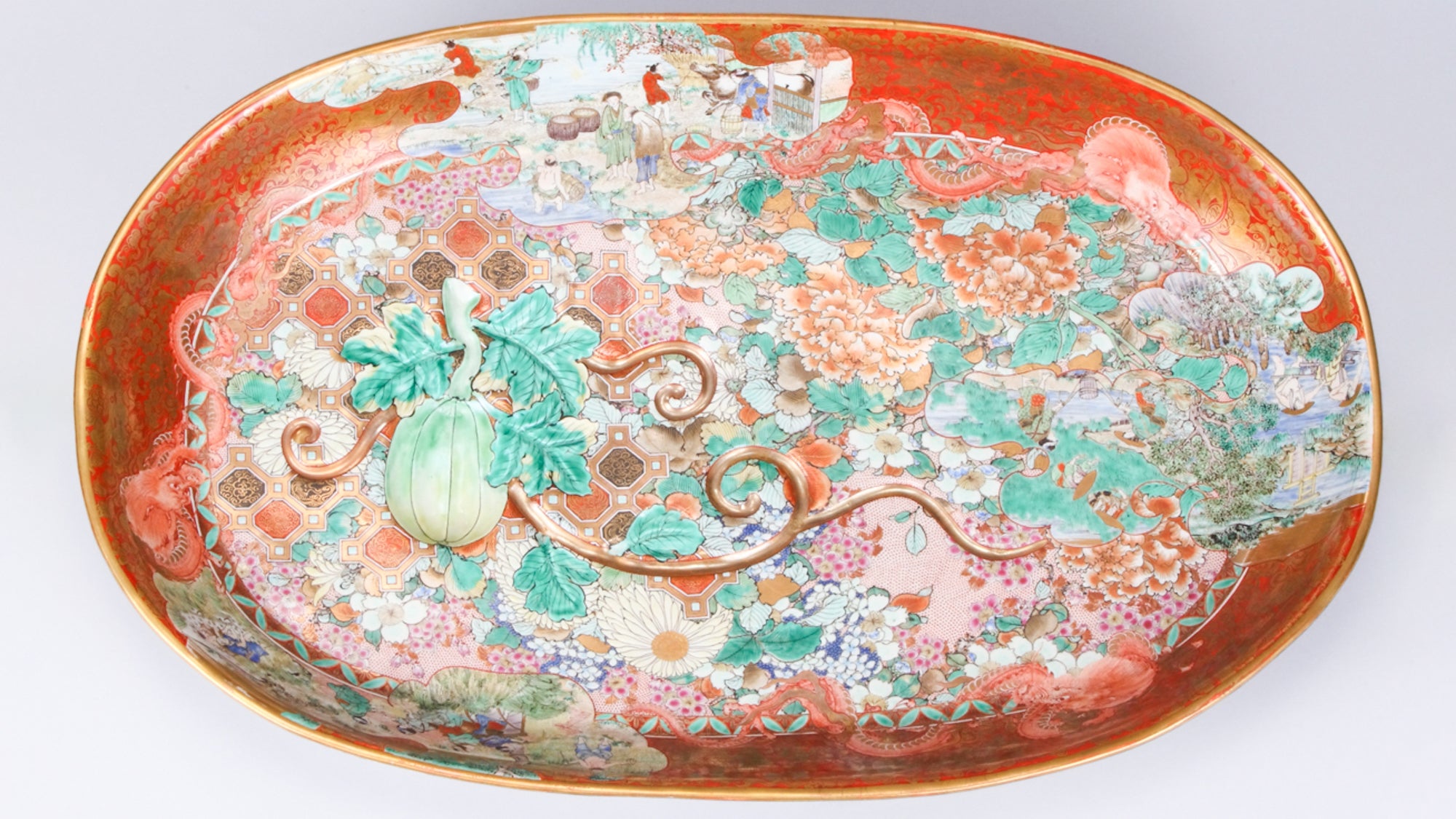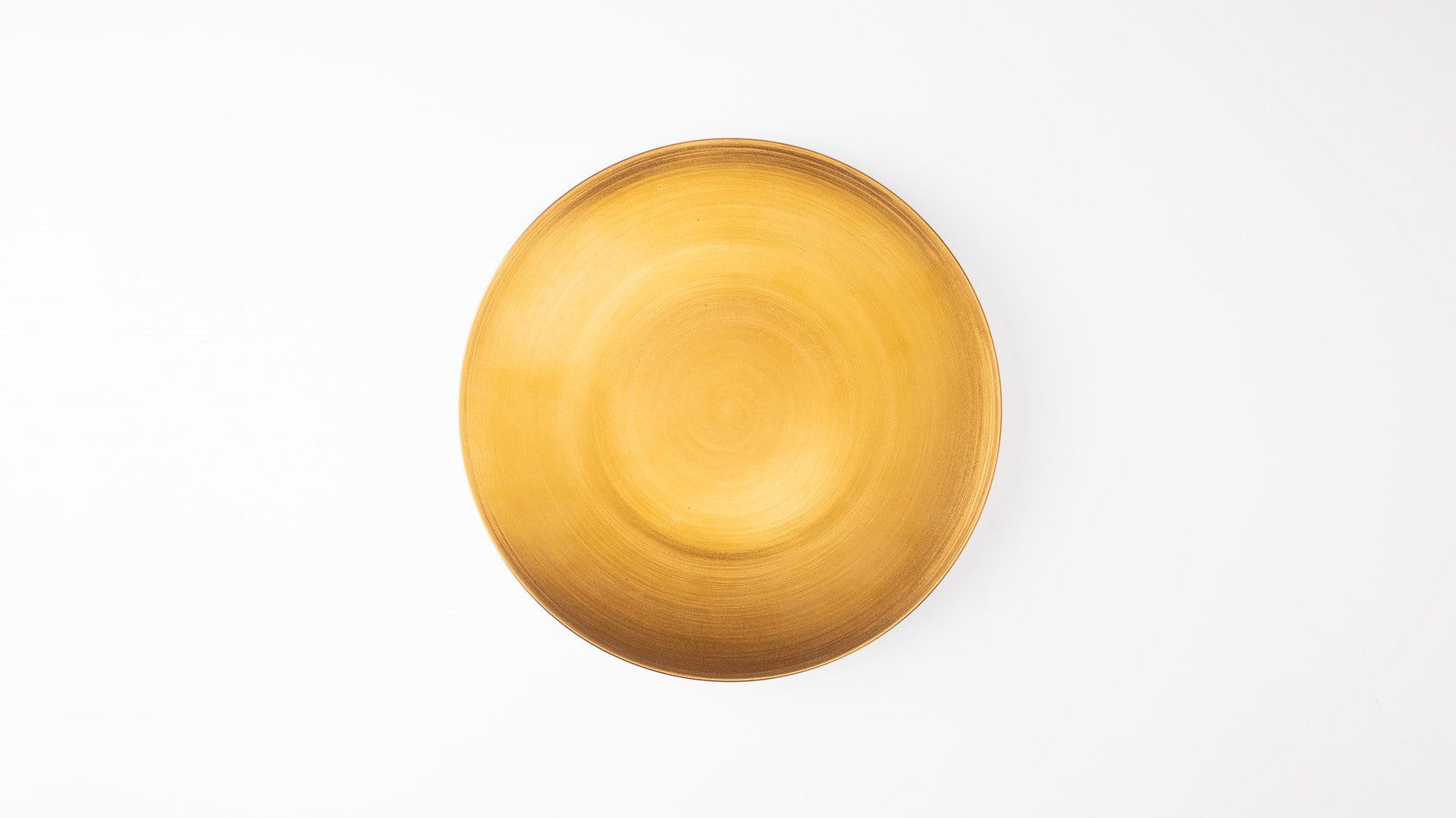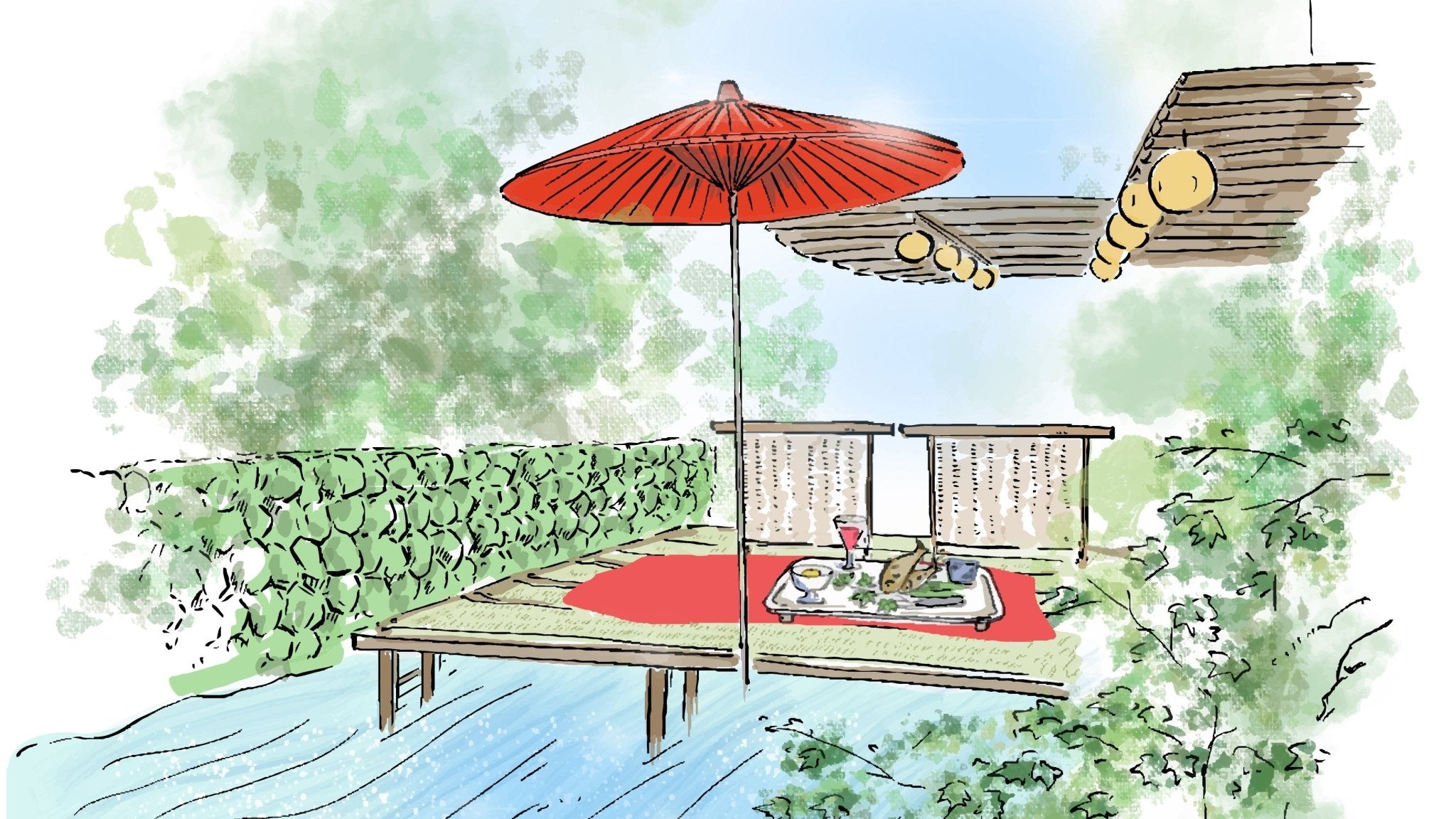22 August 2024
Sip and Savor: Undiscovered Japanese Teas


Japan has deep ties to tea, locally known as cha, that are cultural, historical, and even linked to health, as many types are considered beneficial to one’s general well-being. Traditionally, cha refers to beverages made from Camellia sinensis leaves, the plant used for black, green, and oolong teas.
Green tea holds a special place in Japanese culture, revered in traditional ceremonies. Introduced to Japan alongside other elements of Chinese culture, green tea initially symbolized sophistication. Since then, it has evolved into a rich and diverse beverage category with many creative varieties still cultivated today. Beyond just green tea, various types of tea are a casual and integral part of daily life in Japan, readily available in various forms from vending machines to convenience stores.
While Japan’s green tea culture has spread globally, appearing in grocery stores and even Starbucks, some teas remain cherished secrets known primarily to tea enthusiasts. Below are five hidden gems that you can discover in Japan or in specialty stores worldwide.
Contents
- Mugicha
- Genmaicha
- Konbucha
- Sakuracha
- Kuromamecha
Mugicha

Besides the beloved blends—green tea in its many forms—one tea that is easy to scope out is barley tea, known as mugicha. While it is possible to drink hot, particularly in the wintertime, its time to shine is when it helps cool you off during the scorching Japanese summer. It’s a staple of bentos or lunches for adults and children alike, as it's caffeine-free and aids in hydration.

The Imari Nabeshima ware tumbler from Kosen Kiln, with its aesthetic and functional design, makes it perfect for enjoying cold mugicha. The narrow base allows the ice to stack and thoroughly chill the tea, while the smoothness of the porcelain makes it comfortable to hold. Appreciate the delicate design of the medaka rice fish as you take a break to refresh yourself.
View ItemGenmaicha

Genmaicha, or brown rice tea, is unique in appearance, with little pieces of popped kernels among the tea leaves. These are, in fact, toasted rice grains, the source of the drink’s rounded and roasted taste. Its aroma instantly evokes the scent of brown rice, harmonizing with the refreshing flavor of green tea to create a light and crisp taste. With its high fiber content, it can provide a satisfying feeling of fullness and aid in digestion. Combine it with the most important meal of the day, breakfast, to ease you into your routine.

A comforting, sturdy mug like the Tobe ware P.S. Blue mug would be an ideal choice. With its cool, blue floral design, it can be used year-round, helping you to wake up with a feeling of calmness.
View ItemKonbucha

Not to be confused with the fermented beverage with almost exactly the same pronunciation, konbucha (kelp tea) is quite distinct from the Western favorite kombucha. While konbu, kelp, is used for a special New Year's tea believed to bring good fortune, the everyday variety of konbucha comes in the form of a powder.
There is less sweetness to this tea, but it delivers notes of umami, which are very familiar in Japanese cuisine (worth remembering, konbu is key in preparing dashi, Japanese soup stock). One way to enjoy this tea is to use it as the broth for ochazuke, a dish with hot tea—typically green tea—poured over rice.

This tea can be an alternative beverage during meals, serving as a more stomach-friendly digestif. To complete the mood, drink from a teacup such as the Hataman Touen’s new Imari Nabeshima Ware Yunomi.
View ItemSakuracha

Few images feel more representative of Japan than its beloved cherry blossoms, known as sakura in Japanese. Naturally, among all the sakura-flavored treats that crop up in the spring, a truly Japanese beverage was born: sakuracha (sakura tea). Other types of flower blossom teas can be found, but look no further than sakuracha for the most darling, delicate variety reminiscent of Japan's springtime. The petals are pickled in salt and unfurl in hot water, creating a blossom effect that tints the water pink. With its subtle floral notes, this tea can be enjoyed with Japanese sweets, wagashi, to best bring out the flavors of both.

For serving, there is no shortage of options for complementary tea wares. A perfect match would be Tasei Kiln's Arita ware teapot, adorned with a small sakura flower on the lid. For a complete set, Tasei Kiln’s collection also features charming teacups designed to resemble a cherry blossom, beautifully enhancing the tea's pink hues.
View ItemKuromamecha

Lastly, how about a tea made from, of all things, beans? The small beans of kuromamecha may seem similar to the common black turtle bean found particularly in Latin American cuisine, but they are actually black soybeans. Unlike Western black beans, kuromame are typically boiled in sugar and eaten sweet. Conversely, kuromamecha is made by steeping the roasted beans in hot water, bringing out a naturally nutty sweetness in their flavor profile. One delightful practice is eating the softened beans—both a drink and a snack.

Use an Aizu lacquerware spoon to gently scoop out the beans as you partake, its red color stark against the black tea. Together with Tosen Kiln’s Tokusa Kiyomizu ware teacup and a tatami coaster, it offers a truly Japanese spin on afternoon tea time.
View ItemJapan's tea offerings go beyond the classics, though they are classics for a reason. By no means skip the tea ceremonies or creamy tea lattes, but don't limit yourself when there's a whole world to sip and savor. Consider upping your tea time game with our wide selection of tea ware, from mugs and bowls to serving ware for your accompanying food pairings. This way, you can make the most out of your blends—hot or cold, rain or shine.
View Japanese tea collection




























































